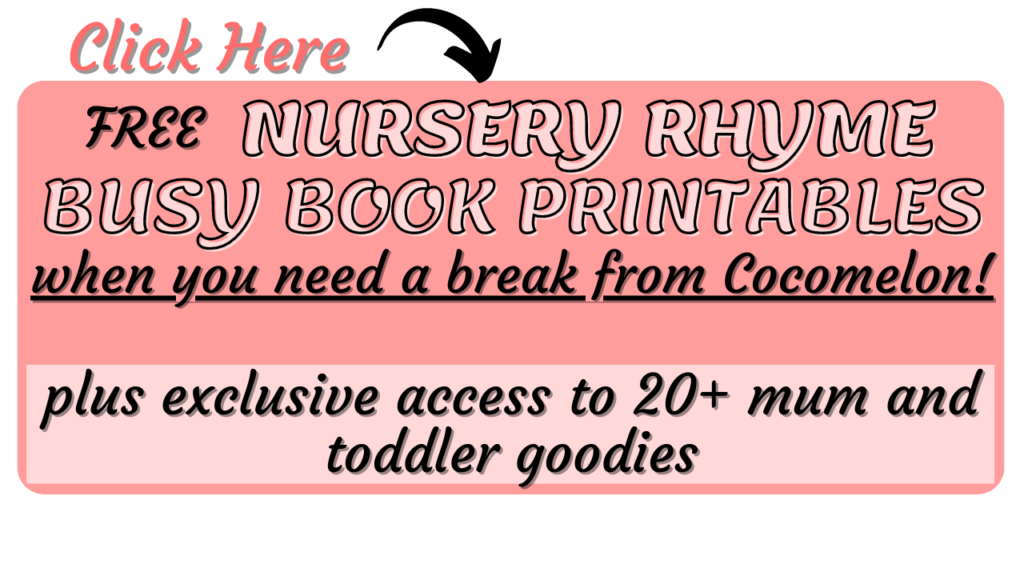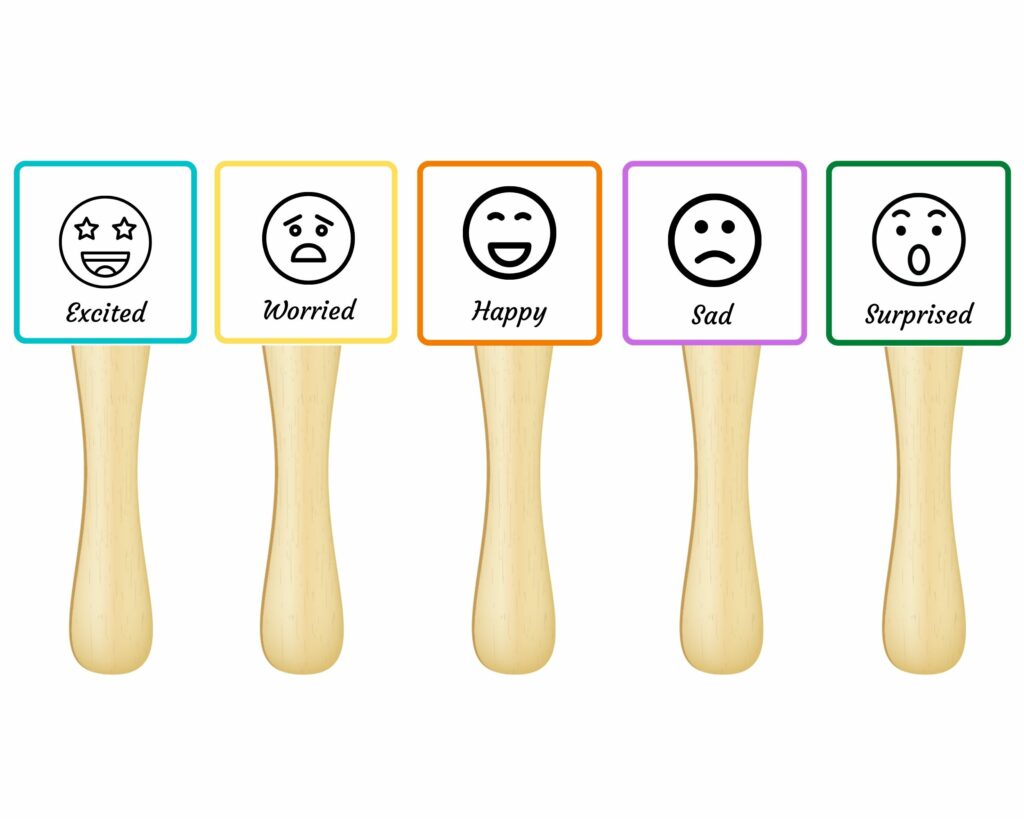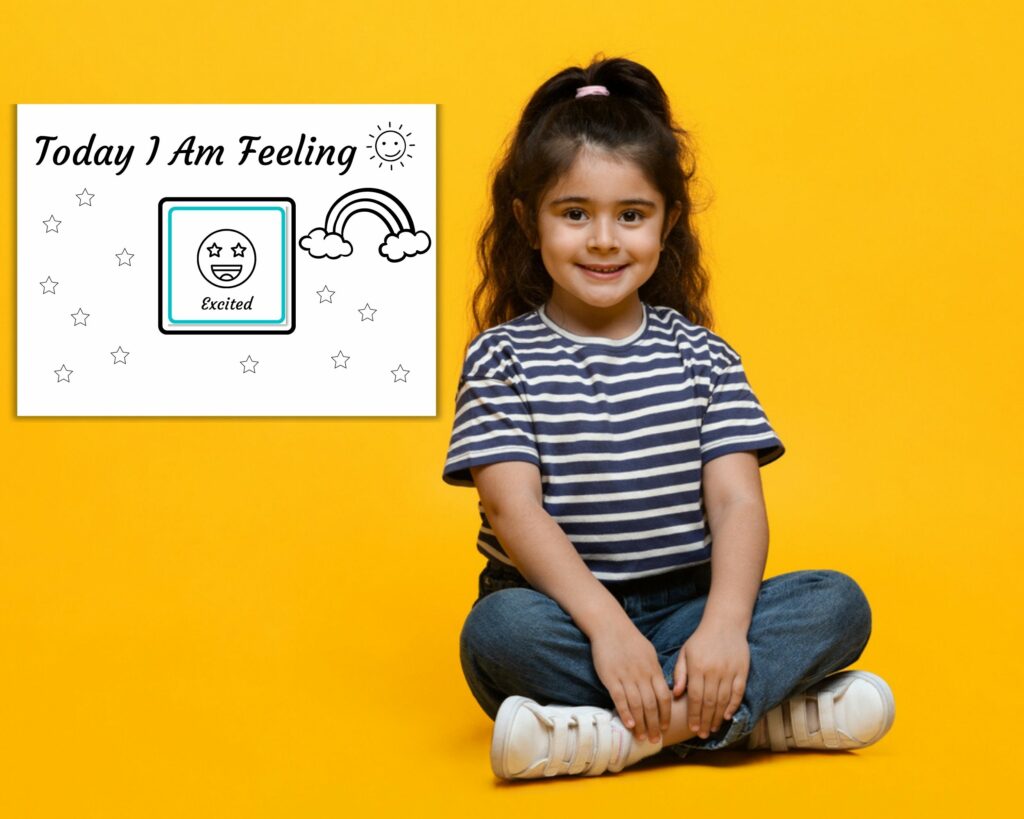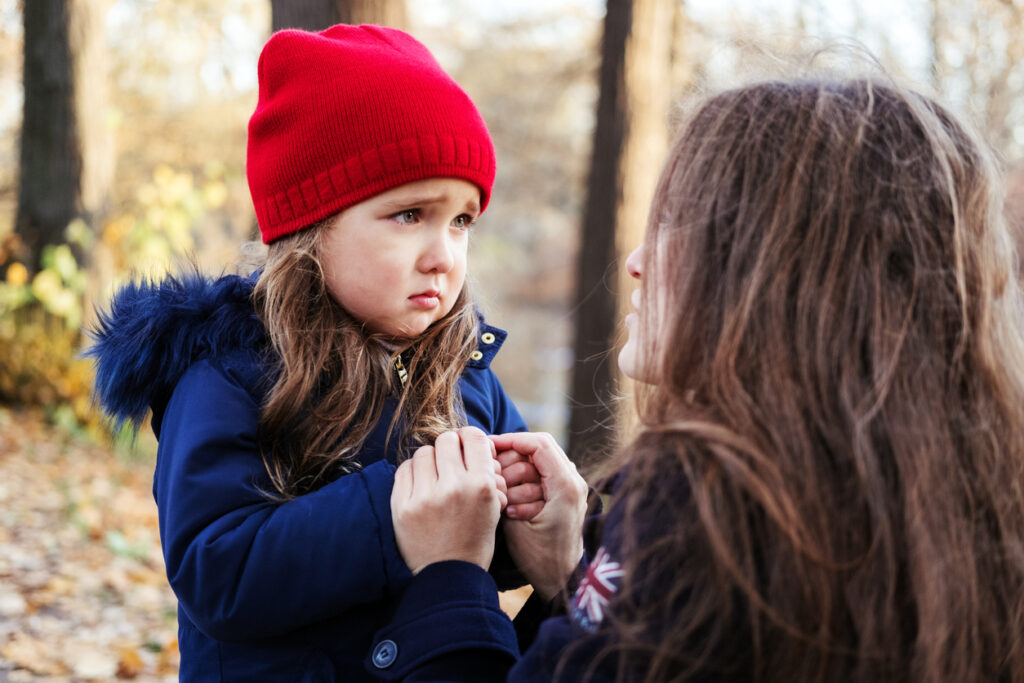At the bottom of this post you can download a free emotions chart for your toddler / preschooler.
Why teach toddlers and preschoolers about their emotions?
Probably, the most important thing you should teach your young child is how to recognise and express their emotions and develop empathy with others.
As adults, if we lack emotional intelligence it can negatively impact our relationships with ourselves and others.
The Oxford Dictionary defines emotional intelligence as:
“The capacity to be aware of, control, and express one’s emotions, and to handle interpersonal relationships judiciously and empathetically.”
Expressing emotions is normal for everybody, especially young children who don’t have the same ability to regulate their emotions as adults do. As parents, we want our children to feel safe to express their feelings without passing on any judgement about them doing so.
We should thrive to let our children know that they can freely tell us anything even if it’s not using verbal communication. When young children get upset, they are just communicating to us that they are not happy with something.
Teaching toddlers about emotions when they can’t verbalise their feelings
When your child can’t communicate their feelings, one way to help them is by saying things like “you look as though you’re feeling angry” or “you’re jumping and smiling which makes me think you’re feeling happy”. These are the kinds of words that help young children to build their emotion vocabulary and help them to understand their feelings.
Just be mindful that you may think you know what emotions your child is feeling but it may not be how they truly feel, for example, they could be crying in front of a stranger because they are anxious and not sad or angry.
Using pictures is another great way to teach young children about emotions. When your toddler is feeling happy, worried, sad, angry and even jealous, you could explain these feelings through pictures using an emotions chart (as you will see below).
After repeatedly talking to your child about emotions, they will start being able to associate the names of the emotions with the feelings.
Teaching toddlers about other people’s emotions
To teach toddler’s and preschooler’s empathy, we can give examples that show how they may feel in the same position as someone else.
For example, if our child refuses to share their toys with another child and that child is upset, we can ask “if it was you that wanted the toy and James refused to let you play with it, how do you think you would feel?”, “do you think you might feel sad?”. This is getting them to actually think about how the other child feels and how their words and actions can affect others.
Resources we can use to teach our kids about other people’s emotions
We have a small collection of children’s books at home by Rachel Rooney and Zehra Hicks that teach about fear, worry and problems. Here they are:
The Worrying Worries is great for helping children to understand about worries and how to deal with them.
The Fears You Fear helps children to understand that fears are normal and how they can manage them.
The Problem With Problems is a book that teaches children how to manage problems, by talking to others and playing with friends.
Julia Donaldson has a famous kids book called The Gruffalo. It’s a good story to help teach young children about feelings of being scared as the animals in the story are scared of the Gruffalo.
You could also educate your toddler about emotions with songs like ‘If you’re happy and you know it’. Say things like “being happy means you feel good and you want to smile” to help them understand what the word happy means.
Another thing you can say is “Smiling is what people do when they feel happy and it makes other’s feel happy to see a smile”. This also lets your child know that smiling is a way of connecting with others.
You may also like:
20 Encouraging Words Toddlers Should Hear Daily
Toddler Routine Cards: How Are They Used?
Movement Songs For Toddlers And Preschoolers
The Ultimate List Of Fun Toddler Activities
How to build resilience and emotional intelligence in children
As toddlers become preschoolers and then progress to school age, we want to nurture our children in a way that they learn how to regulate their emotions and build resilience. We as parents should be encouraging our children to understand theirs and other people’s emotions.
Besides showing our children that we love them by telling them and giving them hugs and kisses, we can build their emotional intelligence and resilience in other ways. By helping to teach our children how to express emotions and taking time to listen to them, we’re showing that we care. If we can help young children to express their emotions and listen to them talk about their feelings without judgement, then it lets them know that it’s safe for them to talk.
We should say to our children that it’s okay to feel all kinds of emotions. Kneel down to their level, give them a hug, a kiss, stroke their hand and listen to them whenever they get upset and frustrated. Try to understand them and the reasons why they feel the way they feel. We can’t always give our children exactly what they want but we can explain the reasons why they aren’t allowed something and we can compromise.

Below is an emotions chart to help teach your toddler emotions
Fill in your details in the box at the bottom of the page then you can download the chart for free, print it out and use it to help your child understand their emotions.

You can stick the cards onto popsicle sticks and let your child pick one to show how they feel – below is an example.

Or, you can stick the emotions chart on your wall at home and let your child select the cards based on how they feel.

I hope you enjoy using the emotions chart. Feel free to share this post with other’s who can benefit from it.

